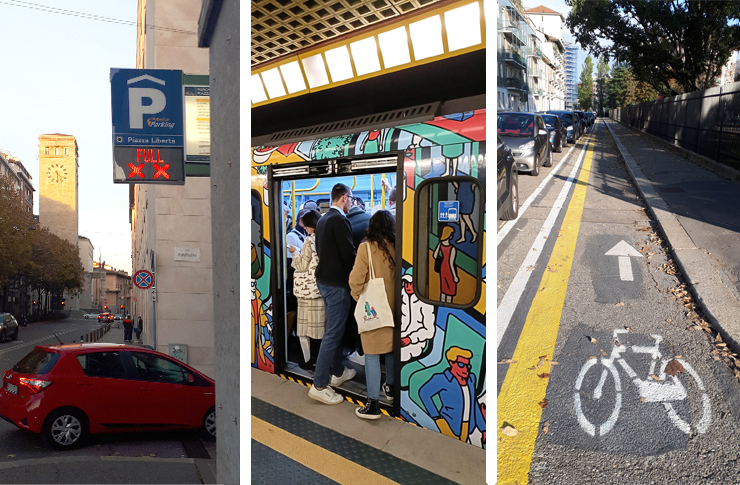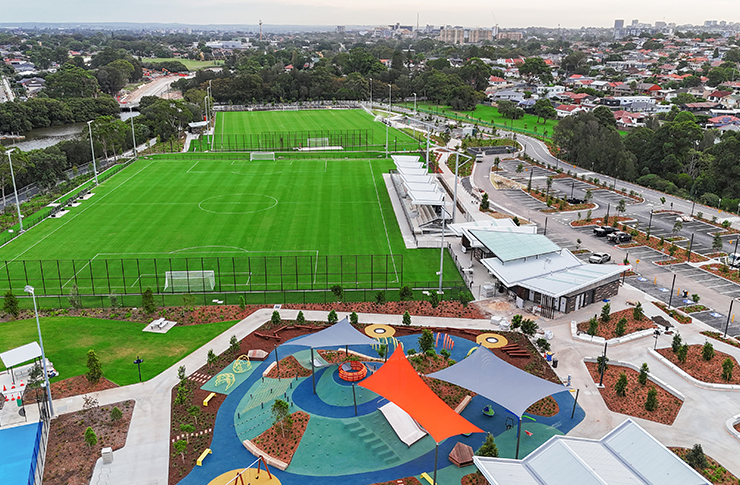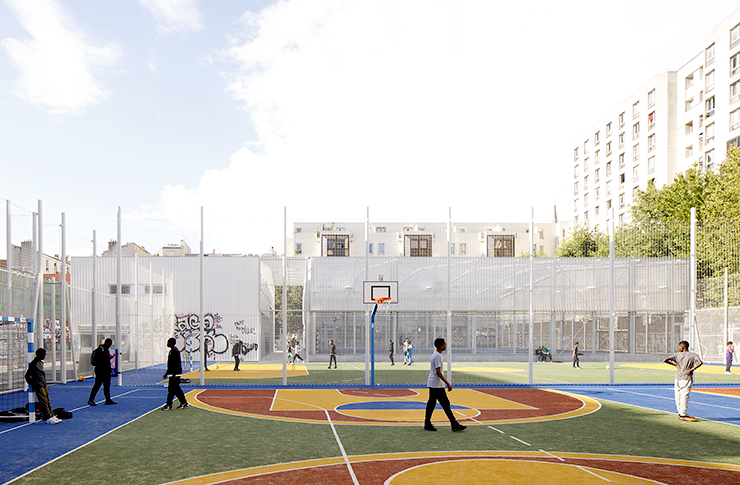An issue that concerns the use of the city, but which must be addressed structurally and not episodically.
(In)sustainable mobility

(ph. Tsport).
In large cities (let us speak, for the sake of more direct knowledge, of Italian cities) those who can move around by public transport, those who for a thousands reasons need to use their private car do so in the hope of finding a place to park it. Apparently, it is not a question of money: in Milan, the increase in the cost to enter ‘area C’ has not reduced access, nor has the blanket introduction of paid parking meant finding free spaces on the street. And sometimes not even in the (few) parking garages.
And public transport, however frequent and punctual it may be (in Milan: I don’t know elsewhere…) cannot always satisfy the peak demand of workers (7.30-8.30 am), see photo.
The pandemic of the 20’s then made us discover the bicycle (again: in Milan, I don’t know elsewhere…). And the city is now pervaded by cycle lanes drawn everywhere, on pavements, on dedicated carriageways, on asphalt delimited by signs. Which is not (often) respected by cyclists themselves (one-way streets, forced turns…). The result is the perception of a generalised aggravation, for motorists (who have seen their road gauge reduced), for pedestrians (who no longer know where to look) and for cyclists themselves, who would like to feel masters of their cycle paths but who are only so in places.
In the latest issue of Tsport we take up the topic of outdoor activity, which includes, as is our custom, cycling as a ‘sport’ in the broadest sense. We therefore give, in an article of the ‘Special’, a quick look at what is being done for sustainable mobility. But it is clear that rewarding the efforts of willing local initiatives is totally insufficient to solve a problem that requires structural interventions at urban and territorial level.










